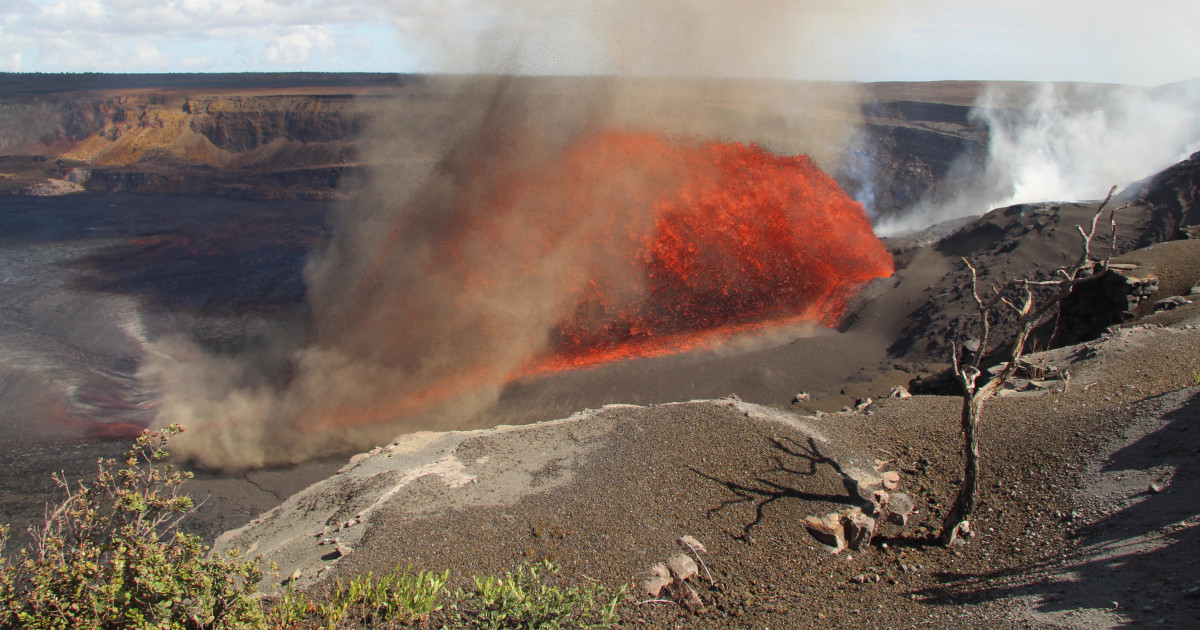Kilauea Volcano Erupts for the 31st Time Since December
Hawaii's Kilauea volcano has resumed erupting, shooting lava 100 feet into the air, with no immediate threats to homes or visitors.
Subscribe to unlock this story
We really don't like cutting you off, but you've reached your monthly limit. At just $5/month, subscriptions are how we keep this project going. Start your free 7-day trial today!
Get StartedHave an account? Sign in
Overview
- Kilauea volcano in Hawaii has erupted for the 31st time since December, shooting lava 100 feet into the air.
- The eruption is contained within the summit crater, posing no threat to nearby homes.
- Increased park visitation has been noted, as residents and tourists flock to Hawaii Volcanoes National Park to witness the eruption.
- Hundreds of thousands are expected to watch the eruption livestreamed by the US Geological Survey, featuring multiple camera angles.
- Scientists utilize sensors to predict lava emergence from Kilauea, providing advance warnings of eruptions.
Report issue

Read both sides in 5 minutes each day
Analysis
Center-leaning sources cover the Kilauea volcano eruption neutrally, focusing on factual reporting. They integrate scientific explanations, visitor information, and cultural perspectives without employing loaded language or selective emphasis, providing a comprehensive overview of the event's various dimensions.
Articles (4)
Center (3)
FAQ
Kīlauea volcano has erupted 31 times since December 2024.
The current eruptions are confined within the summit crater and pose no immediate threat to nearby homes or visitors.
Visitors should stay on marked trails and overlooks, avoid unstable cliff edges and cracks, keep young children close, be cautious of volcanic gas, glass, and ash, and bring a flashlight for nighttime visits.
Visitor numbers have increased significantly, with a 49% increase in April 2025 compared to April 2024. Traffic congestion and delays are common, especially near park entrances due to eruption-related interest and ongoing construction projects.
Construction includes repairing and removing damaged buildings like the Jaggar Museum and Hawaiian Volcano Observatory, building a new observatory field station, and installing a roundabout near the entrance. These projects cause delays, detours, limited parking, and temporary area closures, especially during eruptions and peak visitation months.
History
- This story does not have any previous versions.



